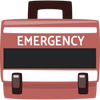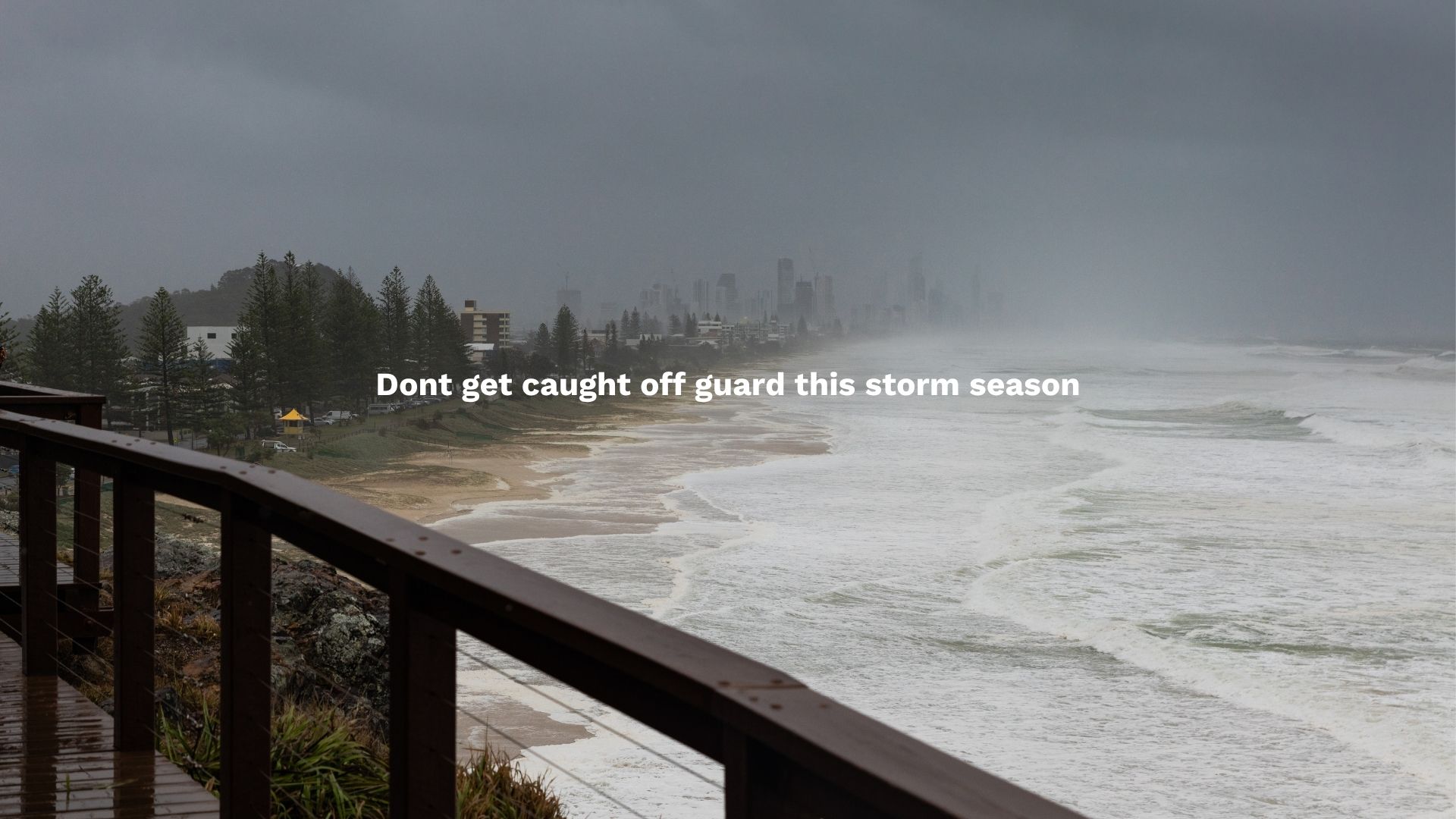Storms, cyclones, bushfires, heavy rainfall, and flooding can strike with little warning, and it can be even more challenging for those with disability. The best way to stay safe is to plan ahead.
Here are a few resources and practical steps to protect yourself, your loved ones, and your property. Stay safe!
-
-
Plan ahead
-
Do not wait until a storm is on the radar — start early. It can build very quickly!
- Know your local risks: flood-prone zones, coastal storm surge areas, or strong-wind regions.
- Make a plan: where you will go, how you will get there, and who you will contact.
- Share your plan: talk with your family, housemates, support workers, and neighbours so everyone knows what to do.
Here is a handy resource that will step you through the stages of the plan.

Person-centered Emergency Preparedness (P-CEP) Workbook – PDF
Person-centered Emergency Preparedness (P-CEP) Workbook – Word
If the workbook seems overwhelming, do not worry. The Pathways team can help you work through it to tailor your plan. Call us on 1800 130 582 or email us at pathways@qai.org.au.
-
-
Is your emergency kit ready?
-
Create a personal checklist for before, during, and after a storm. During some weather events your home may lose power, water, and gas. You may even need to shelter away from your home if it is unsafe. In case of floods or fires, you may not be able to access supplies from the supermarket or pharmacy. Prepare an emergency kit with all the essentials you will need for at least three days.Store your kit somewhere accessible and waterproof. Include:
- Supplies: Food and water supplies for at least three days. Non-perishable food and bottled water for three days
- Medication: First-aid kit and essential medications
- Clothing and bedding: Warm clothing, sturdy shoes, and blankets
- Hygiene: Personal hygiene items and masks
- Written instructions for your support needs in case helpers change. Include a printed copy of your P-CEP.
- Documents: Important documents in a waterproof bag or USB e.g. Medicare card, ID, NDIS and other care plans, health summary, service provider details
- Power: Flashlights, mobility and communication device chargers, spare batteries for your devices e.g. hearing aid, and a power bank
- Comfort items or sensory aids
- Information: Battery-powered radio for updates
- Cash (ATMs/EFTPOS may be down)

Tip: Prepare a handy note with contact details of all those you may need to be in touch with before, during and after the weather event – emergency contacts, family, your support worker, doctor, school, and your disability advocate.
-
-
Have you considered these?
-
- Additional supports or arrangements
Plan for service disruptions and have backup arrangements for power, transport, and essential daily needs during and after the event. - Alternative accommodation
Know where your local evacuation centre is or arrange to stay with a friend or family member if you cannot safely remain at home during severe weather. - Important Documents
Keep identification, insurance papers, and key records safe and dry. - Disability and Accessibility Needs
Plan extra medications, mobility aids, transfer boards, hoists or slings, disability supports or help if you or someone living with you has a disability or medical condition. - Life Support Equipment
If you or someone living with you relies on electricity for medical devices, contact your energy provider/the NDIS about backup power and priority reconnection. - Pet Safety
Pets are especially vulnerable in emergencies. Make a plan for their care in case you can’t get home, and prepare the supplies they’ll need if you have to evacuate. Keep food, carriers, leashes, and ID tags ready to go. Never leave your pets behind. Visit Get Ready Queensland to learn how to create an emergency plan for your animals. - Securing Your Home
- Clear gutters and downpipes
- Trim trees and remove loose debris
- Tie down or store outdoor furniture, games and tools
- Check your roof and windows for weak points
Home protection tips:

- You might want to look into getting a valid insurance policy that provides enough cover for your home and belongings, if this is an option available to you. If you live in a shared house, consider talking with your house manager or service provider about how they plan to keep the property secure.
- View additional tips and resources here: Protect Your Home – Get Ready Queensland
-
-
What to prepare if you’re sheltering in place
-
If you’re advised to stay home:
- Keep your emergency kit close
- Charge devices in advance
- Fill bathtubs and containers with water
- Stay indoors and away from windows
- Use torches instead of candles
If you live in an apartment:
- Identify safe internal rooms (bathroom or hallway)
- Know your building’s emergency exits and evacuation procedure
- Avoid lifts if there’s a power outage
- Secure balcony items to prevent debris
-
-
Don’t miss critical warnings
-
Queensland weather can change rapidly — stay connected to official alerts:
- Local Disaster Dashboards (via your council’s website)
- Bureau of Meteorology – live weather warnings
- Queensland SES – assistance and updates
- ABC Emergency – emergency broadcasting
-
-
What to do after the weather event
-
After the weather event, remain cautious:
- Stay indoors until authorities say it’s safe
- Avoid floodwaters — they hide hazards
- Check on neighbours and friends
- Take photos of any property damage for insurance
- Report hazards to your local council or SES
- If you need advocacy support, call the Pathways team on 1800 130 582
Recovery info: Queensland Disaster Recovery
-
-
Important Contacts
-
| Service | Contact |
|---|---|
| Emergency (life-threatening) | 000 |
| SES (storm/flood/bush fire assistance) | 13 25 00 |
| Local Council | Visit your Disaster Dashboard |
| Energex | 13 19 62 (SE QLD) |
| Ergon Energy | 13 16 70 (Rural and Regional QLD) |
| Insurance Provider | As listed on your policy |
| Energy/Water Provider | For outages or faults |
| ABC Emergency Radio | AM/FM – check frequencies |
| Pathways | 1800 130 582 |
Other Useful Resources (Australia-Wide)
- More about storms and how to reduce the impact of severe storms: Types of Disasters – Storms (Get Ready Queensland)
- Bushfire resources
- Assess your fire risk
- Check for power outages and expected restoration times in your area:
- National disaster info: National Emergency Management Agency (NEMA)
- Australian Red Cross – Prepare for Emergencies
- Emergency planning resources: AIDR Knowledge Hub
- Business Disaster Hub – Queensland Government
Final Tip
In Queensland, we can’t control the weather — but we can control how ready we are.
“Weather doesn’t plan — but you can.”
— Get Ready Queensland
Take time now to plan, pack, and prepare. A few hours today can make all the difference when the next weather event hits.
Most importantly, don’t set and forget your plan – review it periodically and improve on it after a weather event so that you are better prepared next time.




